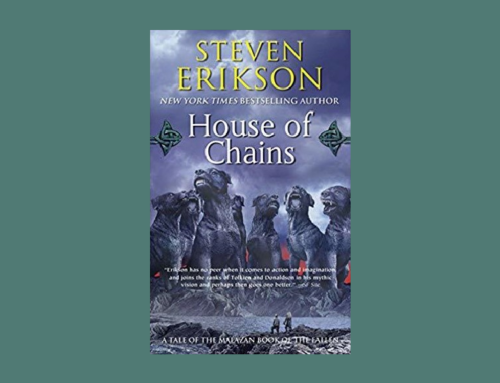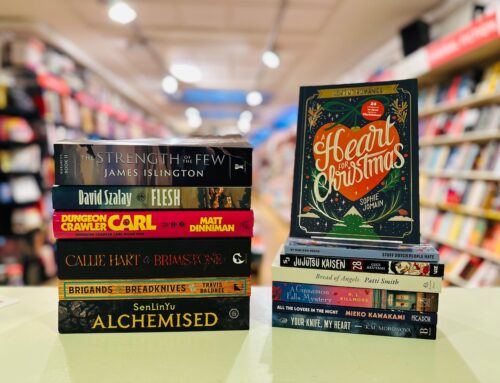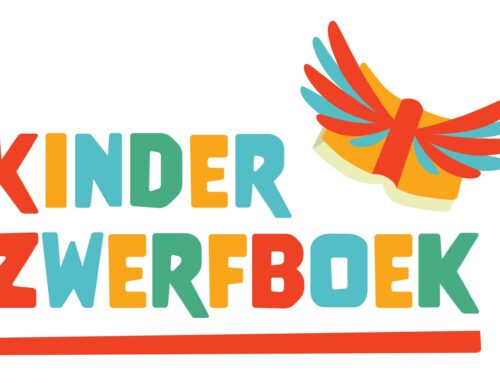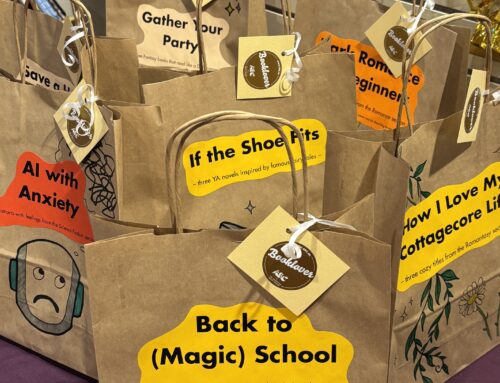Celebrating the Turkey Capital of the World – in Tim Walz’ old congressional district
ABC’s native Minnesotan Lynn talks turkey, politicians and where her love of reading comes from on the 85th anniversary of King Turkey Day!
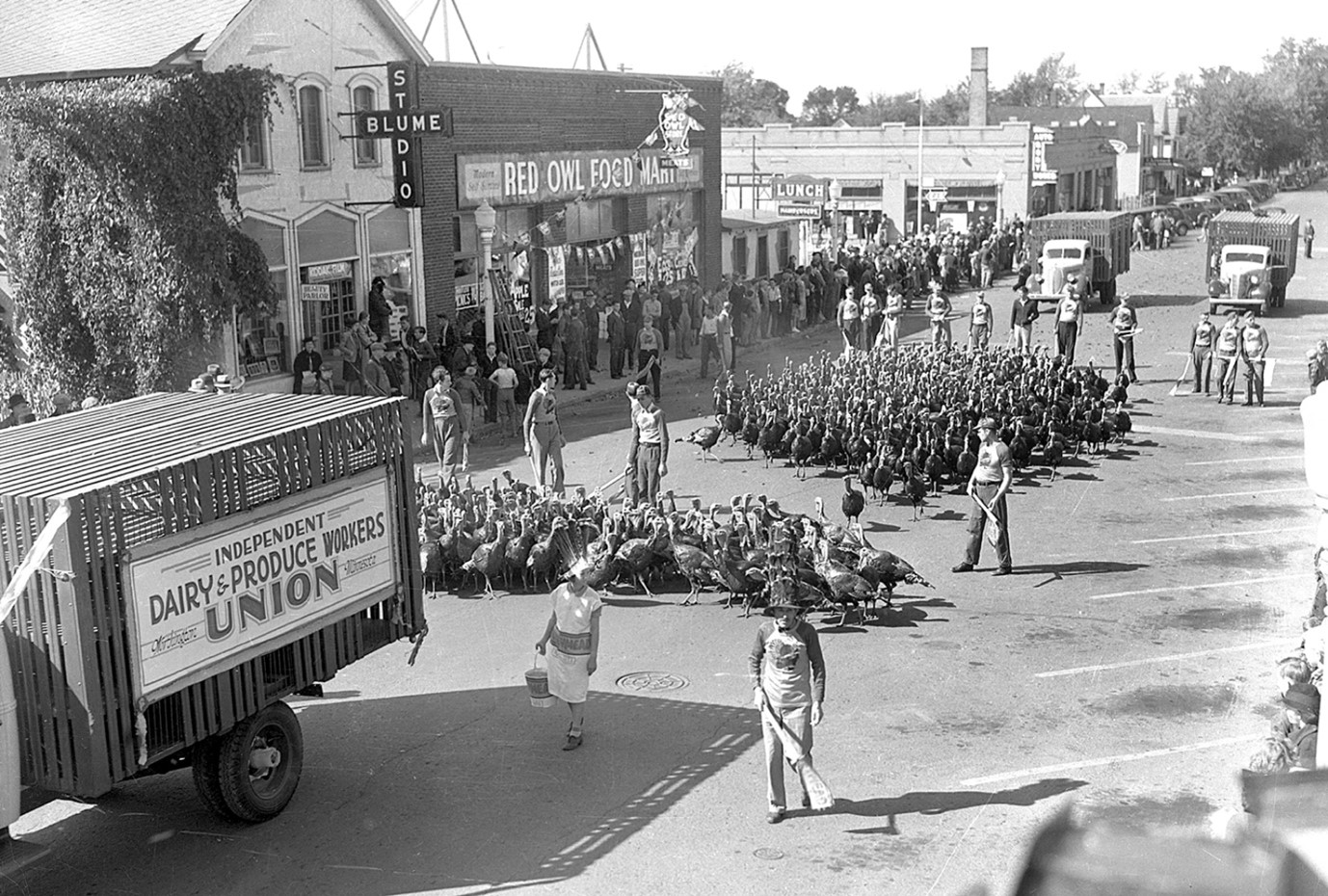
The first King Turkey Day on October 5, 1939. This photo was originally published in the The Worthington Daily Globe.
Now that Minnesota (MN) Governor Tim Walz has come into the national spotlight as candidate for vice president, there have been lots of biographical sketches about his life in the Midwest—you know, the Fly-Over states.
He jokes about his favorite casserole, the Turkey Trot Tater Tot Hotdish. For those of you who’ve enjoyed Garrison Keillor’s stories from Lake Wobegon, “where all the women are strong, all the men are good-looking, and all the children are above average,” let me share a little first-hand knowledge of my own.
I grew up in a Minnesota town on the edge of the great prairie called Worthington. Tim Walz worked just up the road as a coach in Mankato before representing this part of MN in Washington as a legislator. Later, he became governor, and the family moved to St. Paul.
I stayed in Worthington until I was 17-years-old. The most exciting day of the year was the second Saturday in September, when the town’s claim to fame, “Turkey Capital of the World,” was celebrated by people from 40 miles around. It goes on to this day and always starts with a free pancake breakfast for all comers, followed by a parade.
Leading the parade were always “teams” of turkeys in a race – 10,000 turkeys, mind you, being goaded by minders with metal prods to stay on the street. Mostly they did, turkeys being extremely conformist and nervous beasts. But still, that’s a lot of nervous turkeys on a public throughway, and they left behind a lot of nervous turkey poop.
The various decorative floats and at least 10 marching bands ploughed right on through, making loud music with drums, trumpets and Glockenspiel; people on horseback and in classic cars were all decked out by proud groups eager to present themselves to the excited bystanders. Prizes were given for the best-costumed kids and pets—my brother Mark won one year in a clown suit with a ruffled dachshund, sewn by our mom. Corn dogs, root beer, cotton candy and Sloppy Joes could all be had at stands along the parade route.
But for me, as a kid, most exciting was being old enough to help out at the Methodist Church food tent, which took up half a street block. This was a communal money-raising event that involved every able person from the church. The men started before dawn, setting up the tent, tables and benches and bringing in coffee pots that could brew 200 cups at a time, huge cooking pots and gas stoves, the cash registers, napkin dispensers, salt and pepper shakers, all the hardware.
The cooking started early—turkey or roast beef with thick gravy served on bread with mashed potatoes and either corn or green beans on the side. The women came in a bit later to drop off pies for dessert or to wait on tables. Sometimes we young ones were allowed to take the orders (choices were limited) and to offer up the pie selections after the main course plates were empty. What a variety of pies there was – cherry, apple, peach, lemon meringue, rhubarb, chocolate meringue, butterscotch meringue with graham cracker crust, to name a few.
Beverages were also the kids’ department—coffee, tea or Kool-Aid lemonade were all included in the price as I recall, probably about $2.99 for the whole meal. As the turkey and beef was donated by local farmers, the pies all made at home, the material cost was negligible. But the fun part was being seen, as a kid of nine or 10, as capable to help the grown-ups, to be part of the team.
The owner of the local daily paper, The Worthington Daily Globe, had studied out East and still had contacts there who, like him, favored international cooperation. The United Nations often sent delegates from Asia and Africa to come see how the farming was done in this area where the topsoil was black as night, six-feet deep and roiling with earthworms. We were a Model Farming Community.
The publishers also helped set up a high school student exchange program with a town in Crailsheim, Germany, quite soon after WW2 ended, to promote understanding with our former enemies. This was a good community-building move, I think, as so many of the citizens had German roots. That program is still active today.
Several of my high school teachers had served in that war and still talked of little else but their wartime memories. History lesson by anecdote. We did read Anne Frank: The Diary of a Young Girl from the library, but I didn’t learn about the Holocaust until I went away to college. As I recall, my history teachers served in the Pacific and at Normandy Beach.
King Turkey Day also hosted many politicians campaigning for the rural vote. Walter Mondale, Hubert Humphrey, Eugene McCarthy, several Republicans and Robert F. Kennedy, Jr., all made appearances.
When RFK came to speak up on the dais, the town mayor gifted him with a live, pristine white 20-pound turkey. Plopped it right into his arms, which was a surprise for the Attorney General. He handed it off straightaway before the nervous bird could peck him, which didn’t give off a very presidential image. (Averell Harriman, at that time Under Secretary of State for JFK, stopped off at our high school for a quick lecture—what he was doing in our little town I never knew, but the publisher certainly had some heavyweights for friends.) All this attention made us feel special and connected to the world beyond the corn fields. We saw ourselves as a Model Community in many ways.
Worthington High School was the only one within a 30-minute drive in any direction. Students were bussed to and from home daily in at least 30 yellow buses, sometimes in cold and icy conditions. Most of the students came from smaller farms and villages, the rest from the town itself. Last names mostly revealed Scandinavian, Frisian and German roots.
My graduating class of 1967 had about 300 students, each who got the same diploma although their course work varied from pure vocational to college prep. At least a third of them went on to study at colleges or universities. Only one person in my class was dark-skinned, just one other was Asian.
But when I returned for my 50th high school reunion, we white Class of 1967 leftovers, seated on haybales on a trailer for the King Turkey Day parade, were a blatant minority. The high school, which we toured, now teaches kids from 75 countries. I don’t know what happened to the turkey processing plant and all the turkey farms of old, but the pork processing plant is now a huge draw for immigrant labor. This was the crowd of parade-watchers in 2017. Diversity has certainly come to Worthington.
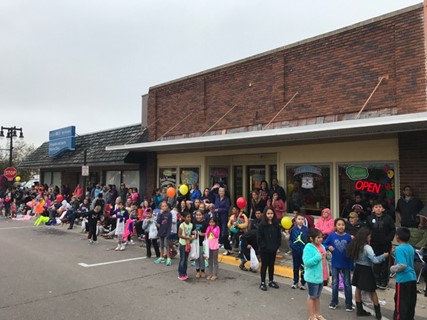
As has the love of books and music! Our dad struggled to develop a string orchestra program at the high school, but never had more than seven to nine students in it. Now there are more than 400 kids playing violin, string bass, cello and viola in the prize-winning public school orchestra program!
The library is full of multimedia materials and the books are in heavy use. The whole town is clean, with a lake, ice-skating rinks and public parks free for everyone to enjoy. I’m sure the mayor and former Congressman (now- Governor- and- Vice Presidential candidate Tim Walz) could talk about the challenges and problems this town faces.
That Andrew Carnegie sponsored a county library in the town was a miracle for us, so far away from any large city. I spent hours there every week reading and studying, but it was also used to give courses, hold town meetings, exhibit local artists’ work and more. It was the beating heart of the town with veins to the world outside—for me and so many others.

